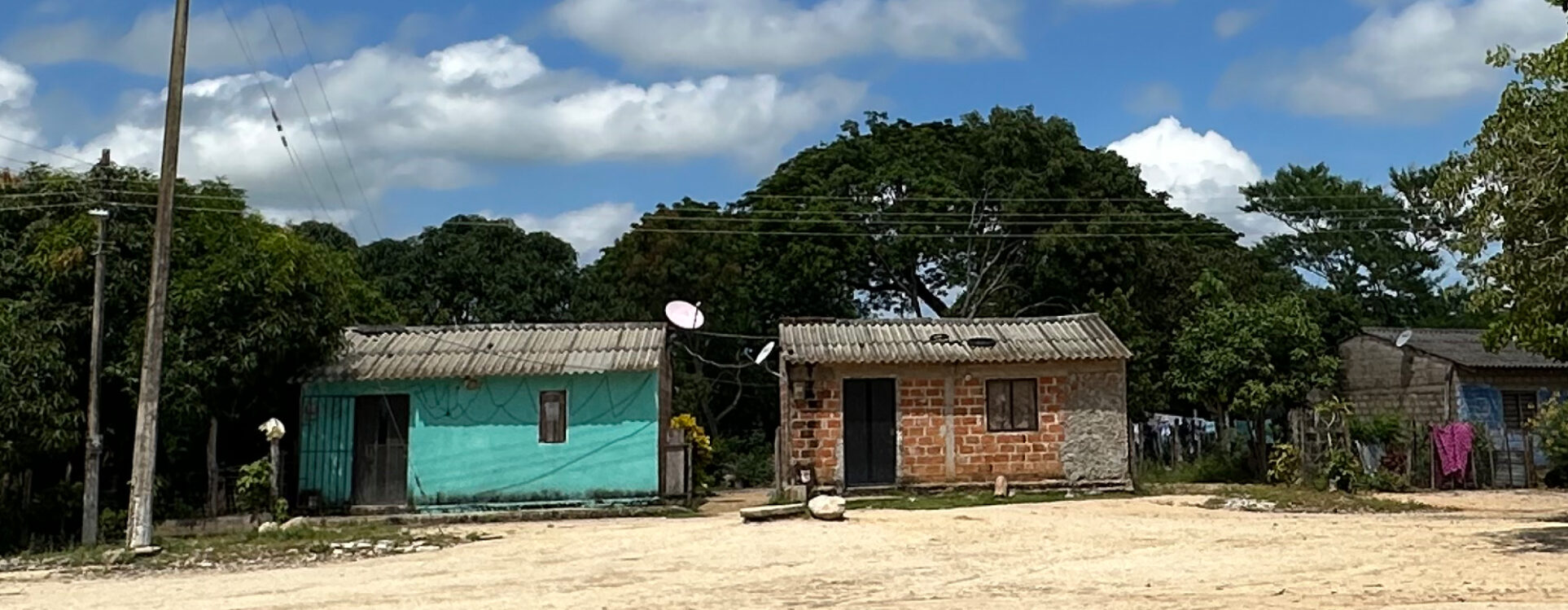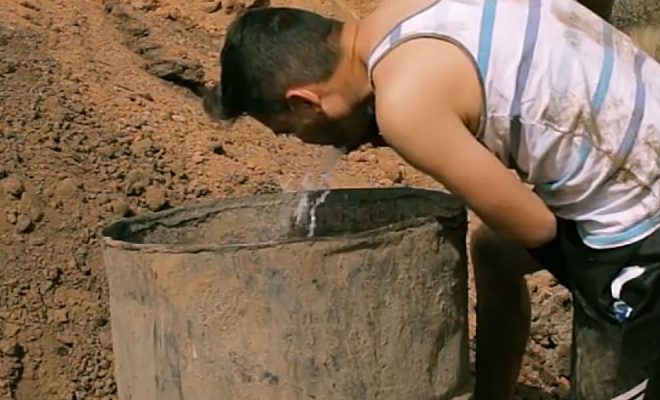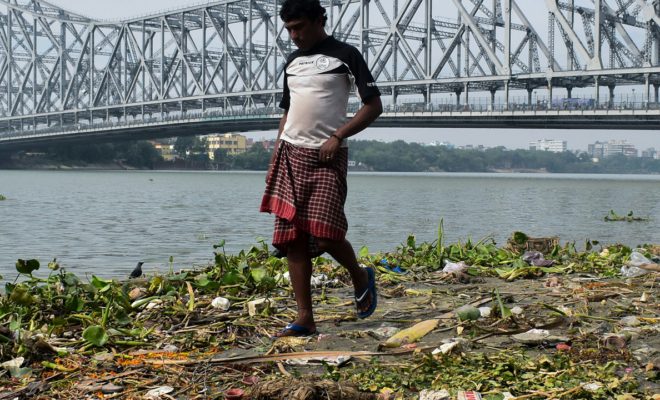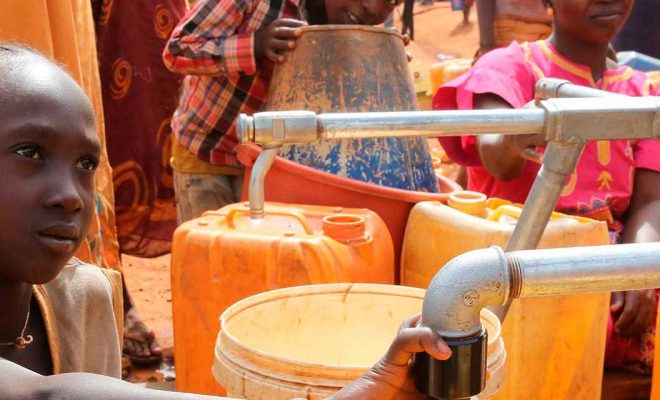In many rural communities around the world, the problem is not a lack of water but rather its poor quality. Although water sources are available, their consumption poses serious health risks, including recurring diarrheal diseases, gastrointestinal infections, and, in some cases, the presence of natural contaminants such as arsenic and fluoride. These conditions are not always fatal, but they are persistent: chronic malnutrition, school absenteeism, loss of productivity, and a general weakening of public health. These are “silent” problems: they rarely make headlines but carry enormous social costs.
Such endemic issues thrive under the structural neglect affecting these regions and are perpetuated by the lack of investment in effective technical solutions for water purification. In many cases, solutions do exist, but they are neither accessible nor sustainable for the communities. However, several of these technologies have undergone significant simplification in recent years, while their implementation costs have decreased substantially.
One of these is reverse osmosis (RO), a process developed over half a century ago that is now experiencing a renaissance thanks to lower costs and improved simplicity. Today, this technology is transforming the lives of thousands of people living with contaminated water.
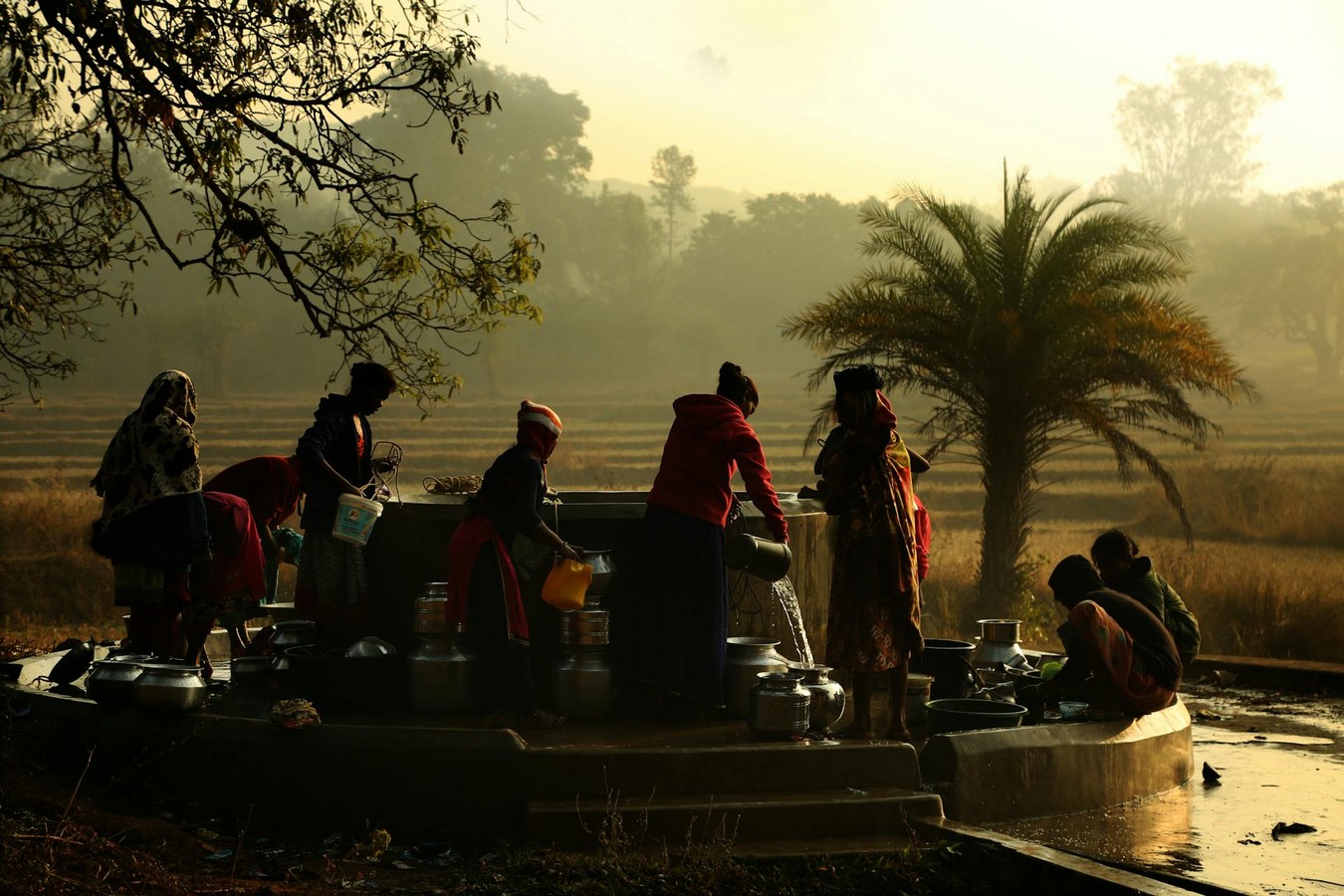
In many rural communities around the world, the problem is not a lack of water but rather its poor quality. © pexels-ganta-srinivas
Our Field Experience
At the Foundation, we began using this technology in 2019. We implemented our first reverse osmosis project in three schools and two villages in the Dornala area, Andhra Pradesh, India. The situation was critical: children frequently fell ill, and the community was suffering from an endemic of gastrointestinal infections that affected their educational and social development. After installing the reverse osmosis systems, the issue was resolved in less than a year, directly benefiting more than 2,000 people.
Since then, we have implemented this solution in over twenty interventions, reaching around 30,000 people. This year, we are focusing on two new projects: one in Colombia and one in India.
In Colombia, we are collaborating with the indigenous community of Los Moreneros in Riohacha, Guajira. A reverse osmosis plant was installed there years ago but has never been operational. The system comprises an 8-meter-deep well and a raised tank of approximately 30 m³, both of which have structural deficiencies. Although the water volume is adequate, its quality is compromised due to inadequate treatment. Our work involves restoring the system, training the community to operate and maintain it, and thereby ensuring a safe and sustainable water supply.
In India, we recently completed a project to provide access to water and sanitation for marginalised schools and households in Bhupalpally, Telangana [Insert project link]. The ZPHS public secondary school of Bhupalpally is located in an area with contaminated surface and groundwater sources. Diarrheal diseases were endemic among students, who often carried this contamination back home in the water they fetched from school.
In just a few weeks, the installation of a reverse osmosis plant, along with safe toilet modules and hygiene stations, transformed the environment. Bhavani, a mother of two students, has seen a radical improvement in her life: “No one gets sick from drinking water anymore, and my children haven’t missed a single class.”
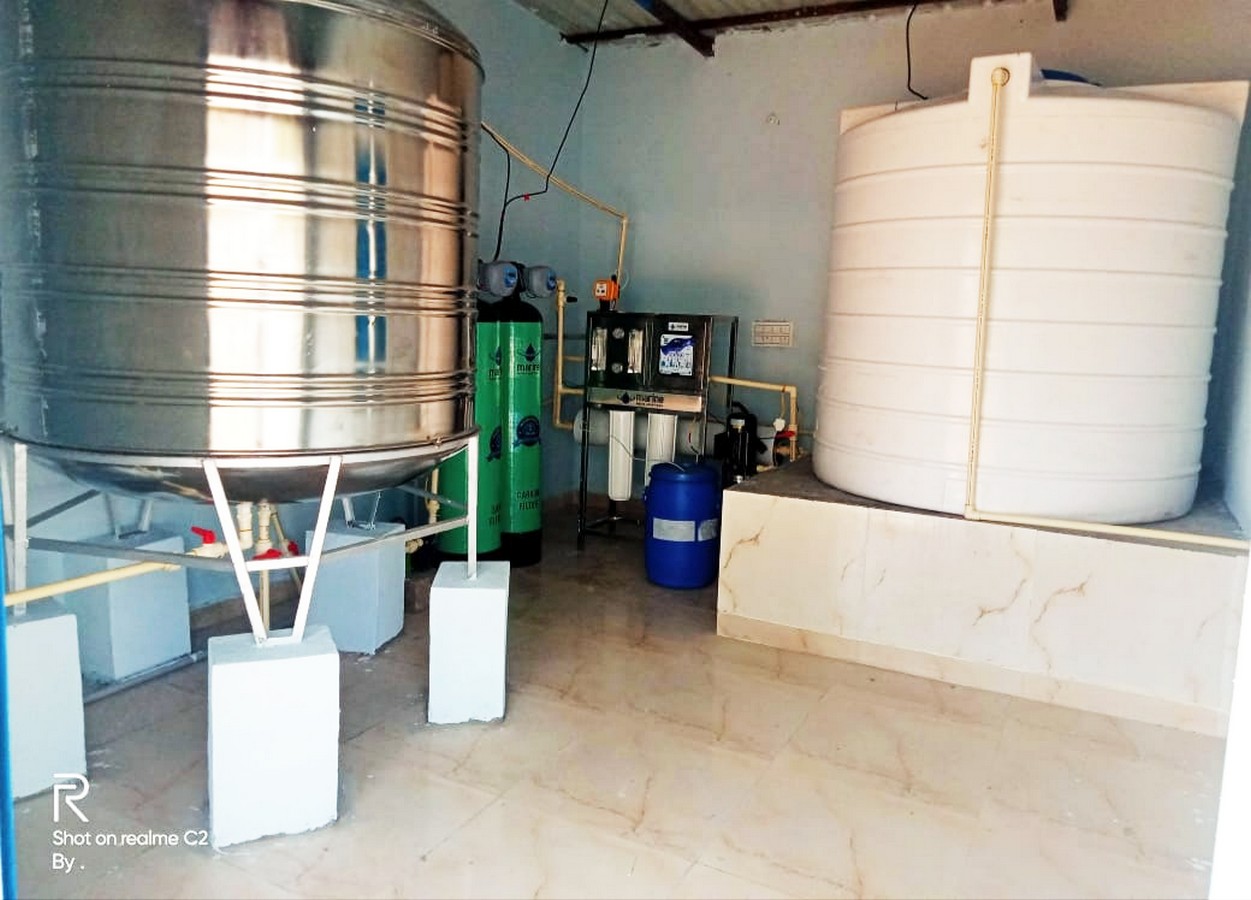
Reverse osmosis system installed by us at the ZPHS Government Secondary School in Bhupalpally
What Is Reverse Osmosis and Why Is It a Solution?
Osmosis is a natural physical process by which water contained in two compartments separated by a semipermeable membrane (with pores at the molecular scale) tends to balance the concentration of solutes (dissolved matter) on both sides. It is an essential phenomenon that enables cellular metabolism—and, therefore, life on Earth as we know it.
Reverse osmosis applies pressure to solute-rich (i.e., contaminated) water, forcing it through a membrane that allows only water molecules to pass through.
This system removes bacteria, viruses, dissolved salts, heavy metals, pesticides, and other chemical contaminants. It is beneficial in areas where water sources have high salinity or are exposed to natural or human-made (anthropogenic) pollution as in arid, coastal, or mining regions.
Although osmosis has been known since the mid-17th century, the modern history of reverse osmosis began in the 1950s, when American scientists explored its potential for desalinating seawater. Efficient membranes were first developed in the 1960s. Since then, reverse osmosis has been utilised on ships, in laboratories, industries, hospitals, and, more recently, in remote areas lacking access to potable water networks.Over the past two decades, RO systems have undergone significant miniaturisation and simplification, resulting in a dramatic reduction in their costs and easing of maintenance requirements.
Today, small-scale plants capable of supplying entire schools or villages are available at an affordable investment and reasonable operational cost. Maintenance primarily involves regular filter cleaning and replacing membranes every one or two years. With basic training, community members themselves can handle these tasks with occasional technical support.
A major advantage is the quality of the treated water. Unlike methods such as boiling or chlorination, which may affect the taste and hinder acceptance, reverse osmosis water is safe, odourless, and palatable—encouraging regular consumption.
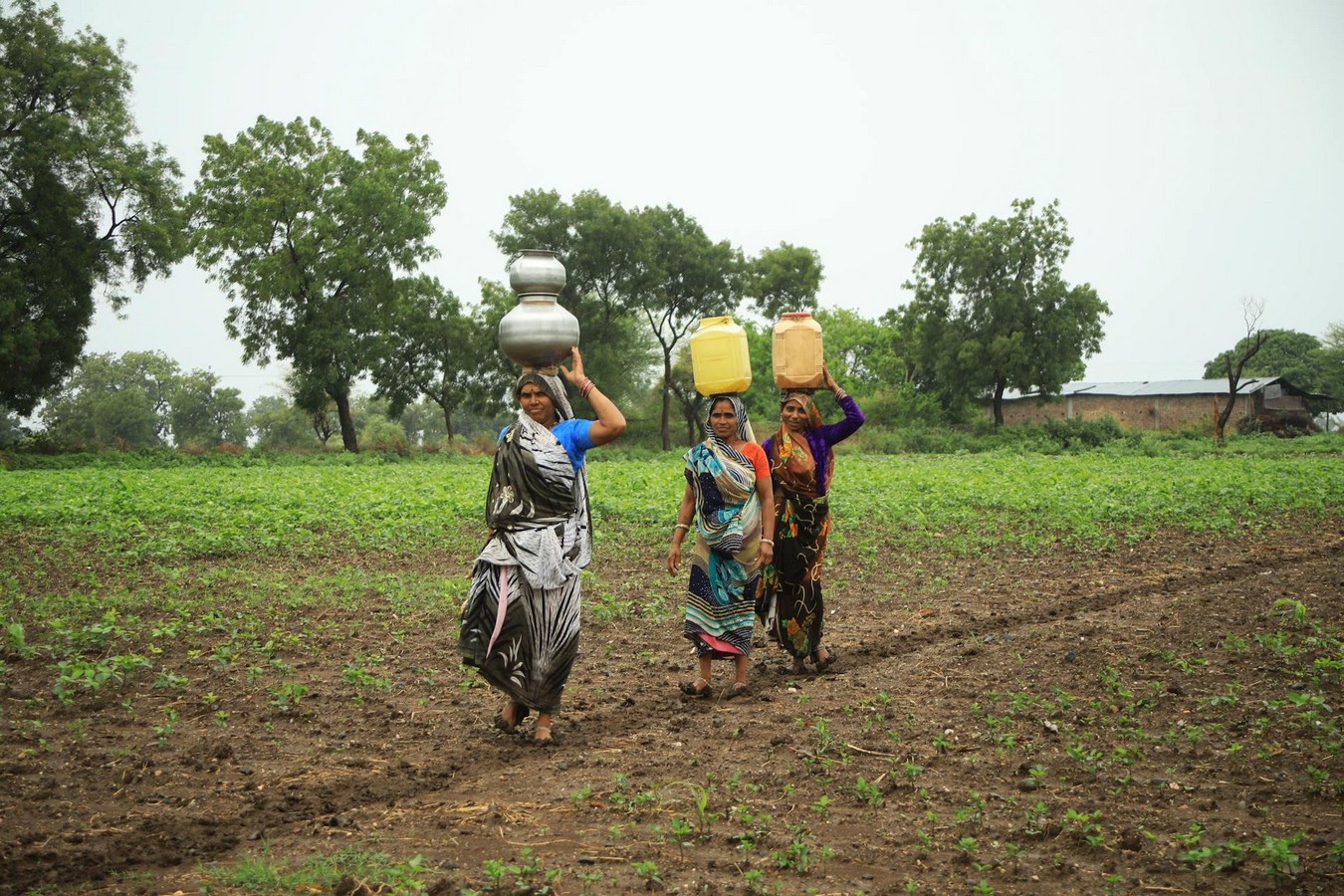
In low-income contexts where families often have to purchase bottled water or walk long distances to reach clean sources, reverse osmosis offers a transformative solution. © pexels-mike-sangma
Accessible and Scalable Technology
In low-income contexts where families often have to purchase bottled water or walk long distances to reach clean sources, reverse osmosis offers a transformative solution. Its scalability—from a single household to a school or an entire community—makes it especially attractive for organisations working in cooperation, rural development, and public health initiatives.
Moreover, installing RO systems in schools, as we have done in our projects, amplifies their impact: not only does student health improve, but these settings become spaces for hygiene education, plastic reduction, and sustainability awareness. Ensuring daily access to drinking water in schools strengthens attendance and gender equity, especially in places where girls are forced to drop out due to lack of sanitation or recurrent illness.
A Commitment to Community Sustainability
As with all technological solutions, success doesn’t lie only in installation—but in community ownership. That’s why, in all our projects, we work closely with communities from day one to help them understand the system, organise maintenance committees, and participate in workshops on hygiene, health, and water management.
These actions are what ensure long-term sustainability: when a community understands that clean water is not just a right but also a collective responsibility, change becomes permanent.
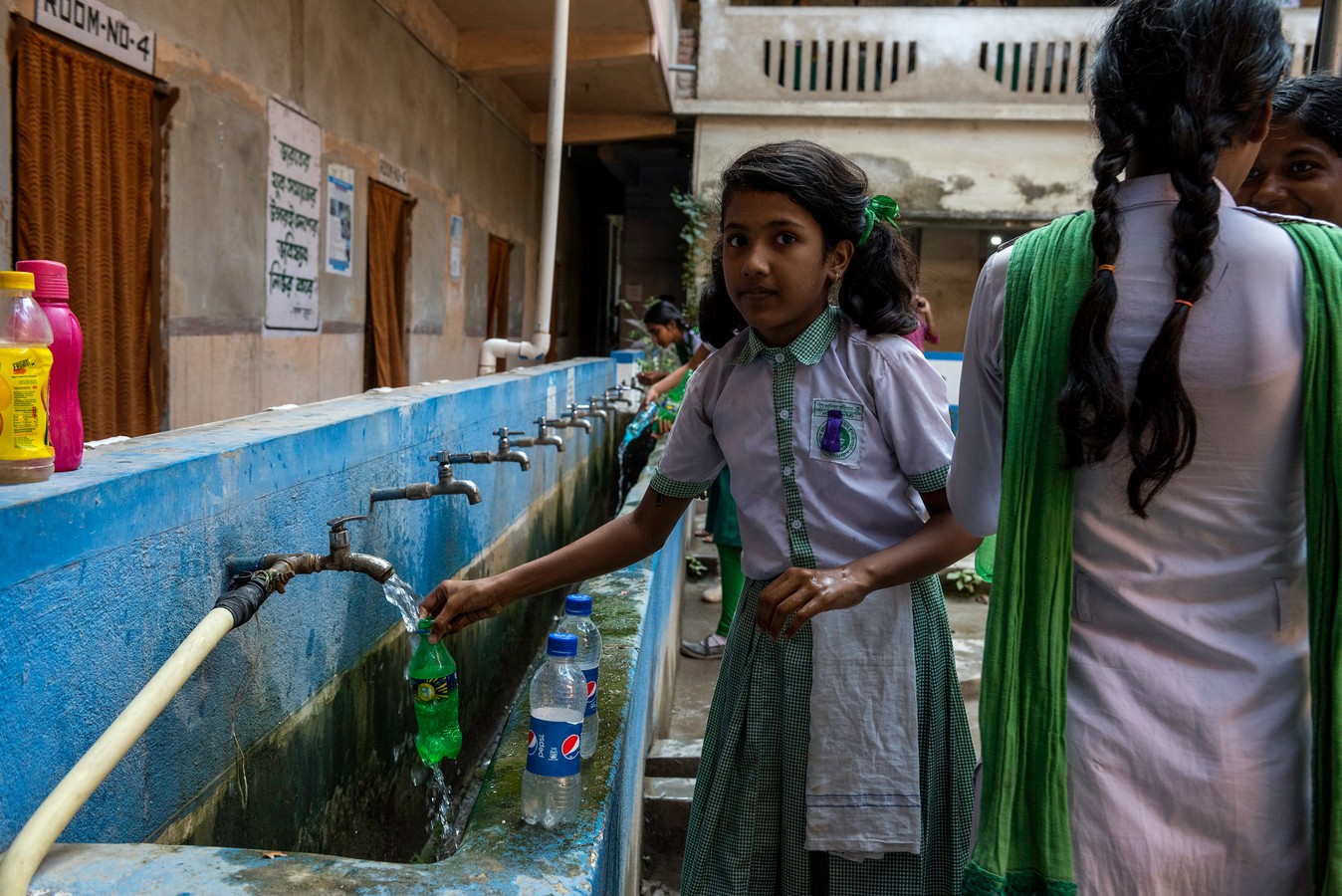
Reverse osmosis (RO) systems are becoming increasingly affordable, efficient, and adaptable to schools and small rural communities. © ADB


